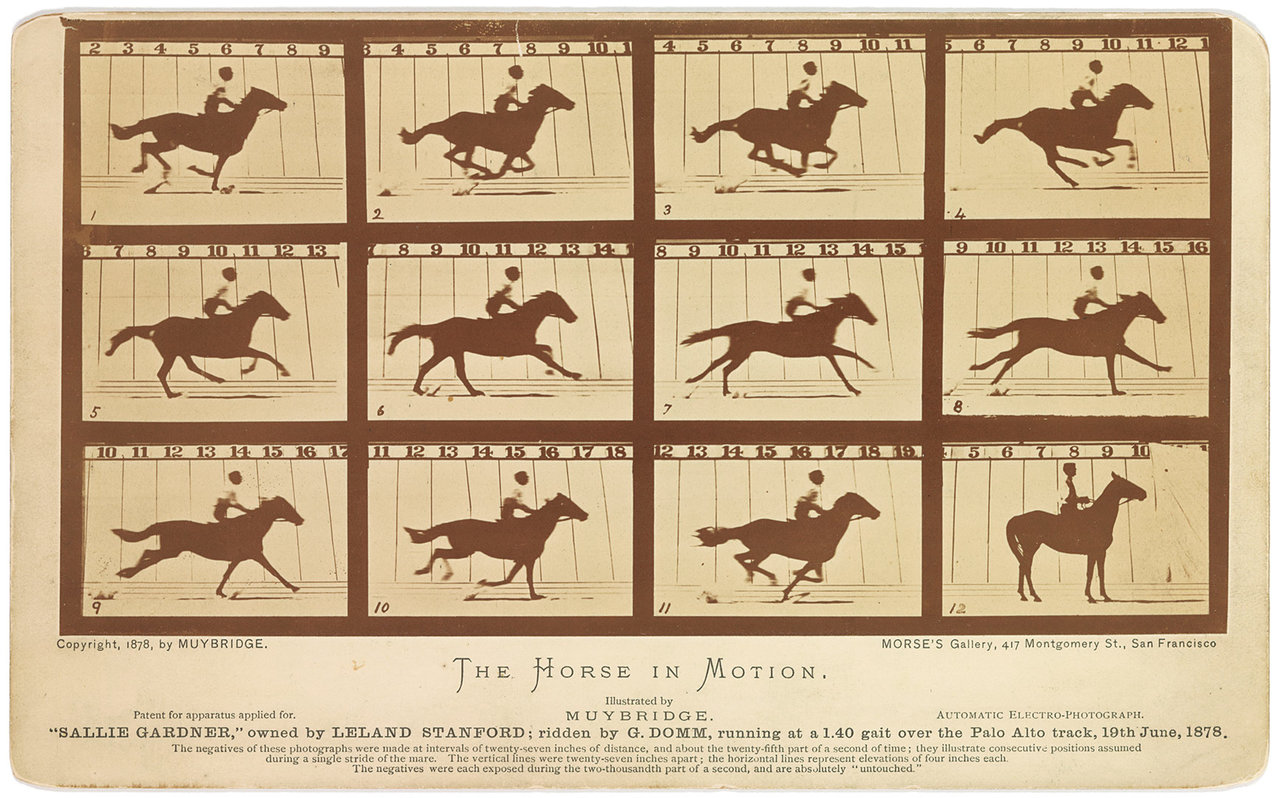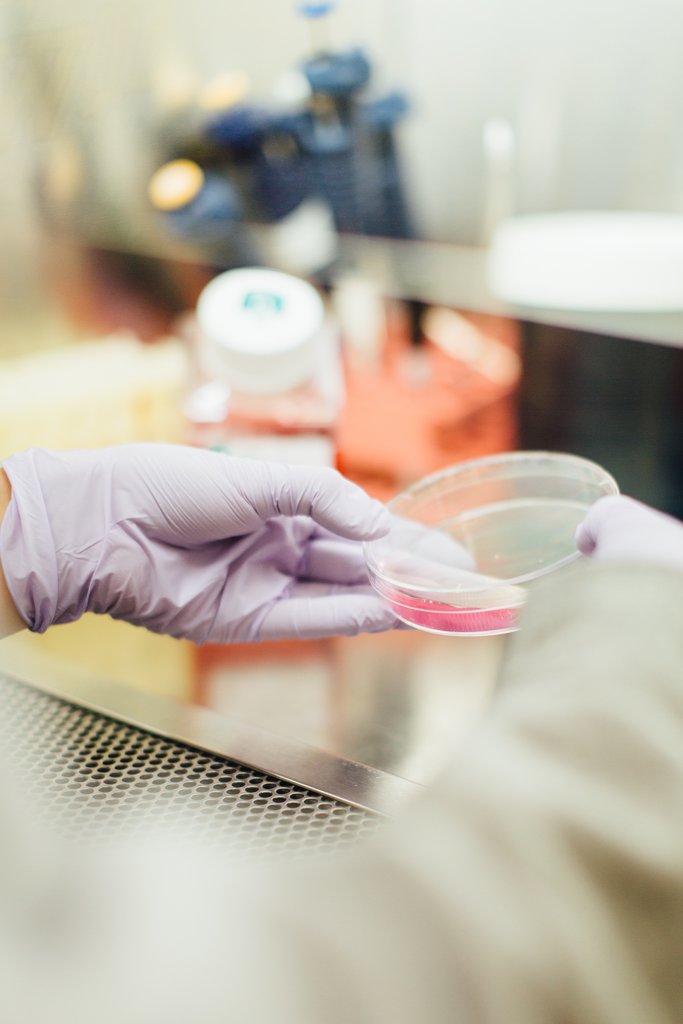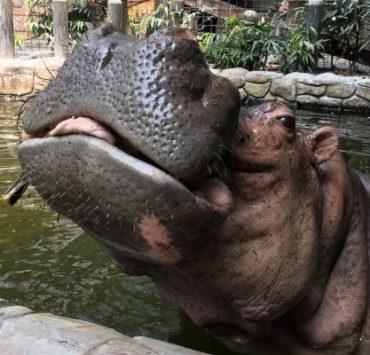Scientists have discovered a new way to store data and it’s nothing short of amazing. Using the defense mechanism of bacteria, Seth Shipman, a neuroscience researcher from the Harvard University has successfully encrypted a recording of a horse galloping by Eadweard Muybridge from 1872—the earliest precursor of modern day motion picture.
By encoding the pixels that make up the five-frame clip into DNA then putting it into E. coli cells, Shipman was able to make the bacteria’s CRISPR system grab the sequence and incorporate it within its own genome—a natural defense mechanism that microbes have to prevent a virus from evading its system.

Shipman wasn’t the first one to fashion living storage systems out of bacteria and the idea that these microbes and our DNA can store genetic information isn’t new either, as we learned from Biology class.
Many scientists prior to Shipman have been able to encode various types of data into DNA, including an entire book, Shakespeare’s sonnets, a silent movie, a computer OS and even an Amazon gift card.
However, Shipman has something bigger in mind when he took on this project. In an interview he said they do not intend to put Wikipedia into bacteria but instead he sees this breakthrough as something that can benefit the study of neurology.

“It’s hard to reconstruct [the brain] because every time you touch the system, you disrupt it,” he says. “I imagined that if we had some way of encoding data in living cells while they’re still alive, and have it stored there, we could make progress.”
Meanwhile other scientists think that this development can also be applied in a more practical sense like a sort of living hard drives where we can store data the way we do now with USB drives.
“Traditionally, the DNA in which data is encoded is finite. Once the data is written, it can be occupied and read, like when you drag and drop new files onto your USB drive,” says Diana Zielinski of the Curie Institute in Paris in an article by The Atlantic.
However, Zielinski notes that since it is a growing system there is a potential to add more information. “A living system allows for a more dynamic storage architecture,” she adds.
With the amount of information we get these days, the need for reliable and secure storage systems in lieu of recent hacking incidents arises. Who would’ve known that the answer we’ve been looking for has been right under our noses all this time, even so right under our very own skin?
Photos courtesy of Unsplash.
Writer: CHRISTIAN SAN JOSE




